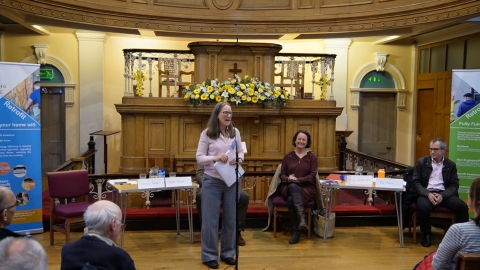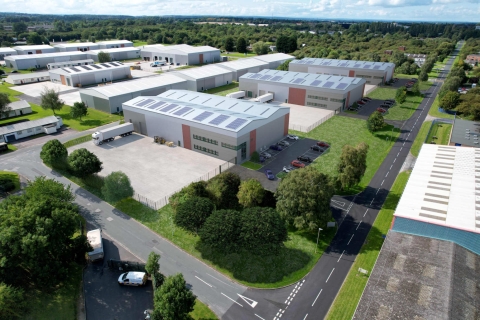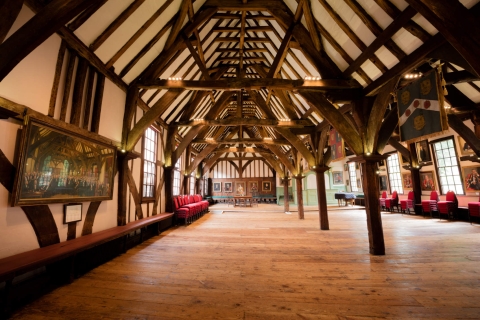 Statistics published today from the 2011 Census reveal the changing characteristics of the population in every region of England and Wales and the 348 local authorities that form them. These statistics cover topics such as ethnicity, religion, country of birth, health, accommodation, tenure, and availability of cars and vans. Further details are given in the Statistical Bulletin and accompanying tables.
Statistics published today from the 2011 Census reveal the changing characteristics of the population in every region of England and Wales and the 348 local authorities that form them. These statistics cover topics such as ethnicity, religion, country of birth, health, accommodation, tenure, and availability of cars and vans. Further details are given in the Statistical Bulletin and accompanying tables.
This release supplements the figures published in July 2012, which put the total population of England and Wales on census day (27 March 2011) at 56.1 million – an increase of 3.7 million (7 per cent) since 2001.
There were 2.6 million residents in the North East. This is an increase of some 57,000 (2 per cent) since 2001, and represents 5 per cent of the population of England and Wales.
The median age of the region was 41, 2 years higher than the England and Wales average. Within the region this ranged from 33 in Newcastle upon Tyne to 45 in Northumberland.
Guy Goodwin, ONS’s Director of Census, said:
These statistics paint a picture of society and help us all plan for the future using accurate information at a local level.
This is just the tip of the iceberg of census statistics. Further rich layers of vital information will be revealed as we publish more detailed data for very local levels over the coming months.
Some headline facts of life in the North East are that:
Country of birth
In 2011 there were 129,000 foreign-born residents in the North East, 5 per cent of the population. Newcastle upon Tyne had the highest proportion of foreign-born residents, with 13 per cent.
The North East showed the smallest increase in the population of foreign-born residents (2 per cent) and remains the region with the lowest proportion of foreign-born residents (5 per cent)
Ethnicity
The North East had 95 per cent of its population declaring their ethnicity as ‘White’; 94 per cent were ‘White: English/Welsh/Scottish/Northern Irish/British’.
Redcar and Cleveland was the local authority with the highest proportion of ‘White British’ residents (98 per cent) in England and Wales.
The North East was the region with the lowest proportion of those identifying themselves as ‘Mixed/Multiple ethnic group’ (1 per cent) or ‘Black/African/Caribbean/Black British’ (0.4 per cent).
Religion
There was a decrease of 13 percentage points in the North East in the proportion of people who stated their religious affiliation as ‘Christian’ (as in most regions in England and Wales between 2001 and 2011). In 2011 the North East had the highest proportion of Christians of all regions in England and Wales (68 per cent), and the lowest proportion of Buddhists and Hindus (0.2 and 0.3 per cent respectively).
Health and provision of unpaid care
The North East had 22 per cent of people whose day to day activities were limited by a long term health problem or disability (18 per cent for England and Wales as a whole). This region had 11 per cent of its people providing unpaid care for someone with an illness or disability (10 per cent for England and Wales as a whole).
In 2011 the North East had the lowest proportion of people rating their health as ‘Very good’ or ‘Good’ (77 per cent).
Qualifications
The North East had the highest proportion of people aged 16 and above showing an apprenticeship as their highest level of qualification (5 per cent). South Tyneside was the local authority with the second highest proportion of this group in England and Wales (at 6 per cent).
Car or van availability
The North East showed the biggest decrease in the number of households with no car or van, reducing from 36 per cent in 2001 to 32 per cent in 2011.
Gateshead showed the largest decrease amongst local authorities, from 43 per cent to 37 per cent.
In 2001 the North East had fewer cars and vans than it had households; this was no longer the case in 2011.
Tenure
The North East (29 per cent) has the second lowest proportion of homes owned outright after London (21 per cent) despite having the largest increase in homes owned outright (3 percentage points).
The proportion of households owning a home with a mortgage or loan had decreased in England and Wales as a whole, although the North East region decreased the least (by 5 percentage points).
In 2011, the North East had the highest proportion of socially rented accommodation (15 per cent).





